


xxxxxThe Swiss physician, botanist and poet Albrecht von Haller accomplished pioneer work in the development of modern neurology, conducting many experiments into the function of the nervous system. For his study of the physical and chemical process in living organisms, he is regarded as the father of physiology. His many detailed anatomical studies included the brain, genital organs, and the cardiovascular and respiratory systems. He also wrote a treatise on embryonic development. He was a professor at Gottingen, Germany, for 17 years, but ended his days at Berne. His major works were Experiments in the Anatomy of Respiration of 1747, and a vast work entitled Elements of Human Physiology, begun in 1756. As a botanist he made a special study of Swiss vegetation, and his major literary work was the descriptive poem The Alps, written in 1729.
ALBRECHT VON HALLER 1708 -
Acknowledgements
Haller: by the Swiss painter Johann Rudolf Huber (1668-
G2-
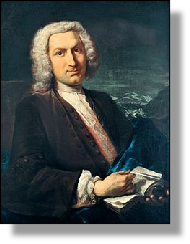 xxxxxThe Swiss physician, botanist and poet, Albrecht von Haller, laid the foundations for the development of modern neurology. In his pioneer study -
xxxxxThe Swiss physician, botanist and poet, Albrecht von Haller, laid the foundations for the development of modern neurology. In his pioneer study -
xxxxxHaller was born in Berne and studied at the universities of Tubingen in Germany and Leiden in the Netherlands. He then carried out extensive research in the field of botany as well as that of anatomy, and it was on the strength of these studies that, in 1736, he was appointed professor of medicine, anatomy, surgery and botany at Gottingen University in Germany. He remained in this post for seventeen years, during which time he published his Experiments in the Anatomy of Respiration (1747), a work in which he was the first to recognise the precise mechanism of the respiratory system. At the same time, he also wrote extensively on a wide range of subjects in the university's monthly journal.
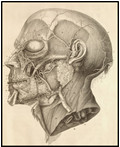 xxxxxHe returned to Berne in 1753, and set up his own medical practice. It was here that, four years later, he began writing his eight-
xxxxxHe returned to Berne in 1753, and set up his own medical practice. It was here that, four years later, he began writing his eight-
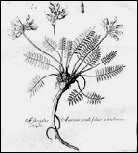
 xxxxxIn the field of botany, he made a special study of Swiss vegetation, and developed a botanical classification which many considered more logical than the system pioneered by the Swedish botanist Carolus Linnaeus. His literary contribution included three philosophical romances, all written in the early 1770s, but he is perhaps best remembered today for his descriptive poem entitled Die Alpen (The Alps), published earlier in 1729, a work which helped to instil the love of nature into German verse.
xxxxxIn the field of botany, he made a special study of Swiss vegetation, and developed a botanical classification which many considered more logical than the system pioneered by the Swedish botanist Carolus Linnaeus. His literary contribution included three philosophical romances, all written in the early 1770s, but he is perhaps best remembered today for his descriptive poem entitled Die Alpen (The Alps), published earlier in 1729, a work which helped to instil the love of nature into German verse.
Including:
William
Cheselden

xxxxxThe English surgeon William Cheselden (1688-
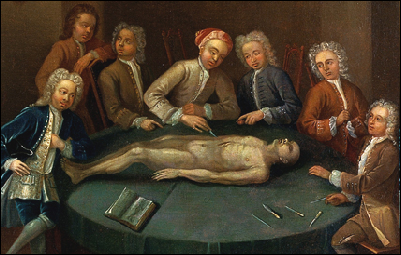 xxxxxAnother medical man who also made advances in anatomy at this time was the English surgeon William Cheselden (1688-
xxxxxAnother medical man who also made advances in anatomy at this time was the English surgeon William Cheselden (1688-
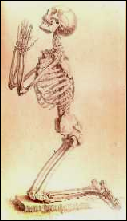
xxxxxCheselden was born in Somerby, Leicestershire, and having trained under some eminent surgeons of his day, had become a highly respected lecturer in anatomy by 1711. Eight years later he was elected as one of the principal surgeons at St. Thomas' Hospital, London, and in 1727 he became surgeon to Queen Caroline. His skill as a surgeon gained him a European reputation, particularly in the operation performed to extract stones from the bladder (medically termed lithotomy). A new method of conducting this operation was contained in his A Treatise on the High Operation for the Stone, published in 1723.
xxxxxHe attended Sir Isaac Newton during his last illness, and was a close friend of the poet Alexander Pope, and the physician and naturalist Sir Hans Sloane.
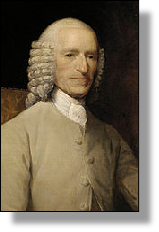
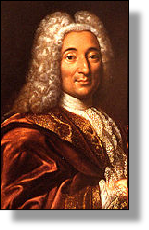 xxxxxAnd worthy of mention here are two other medical practitioners of this time. ThexEnglishman John Fothergill (1712-
xxxxxAnd worthy of mention here are two other medical practitioners of this time. ThexEnglishman John Fothergill (1712-


